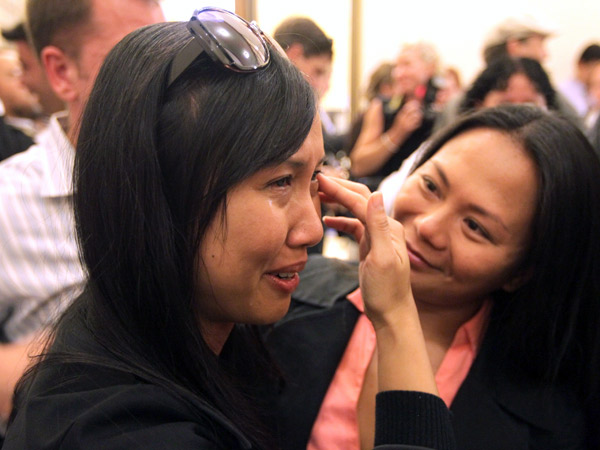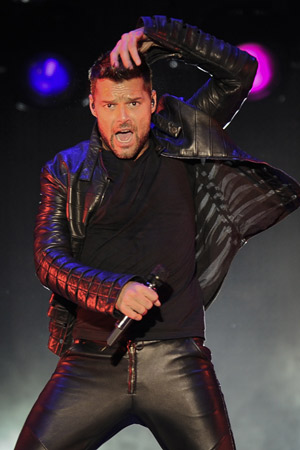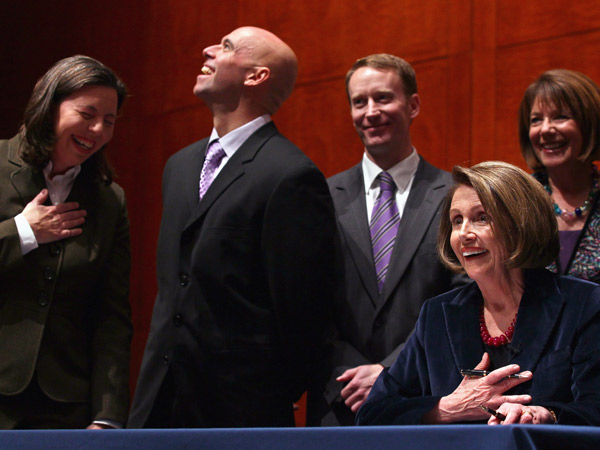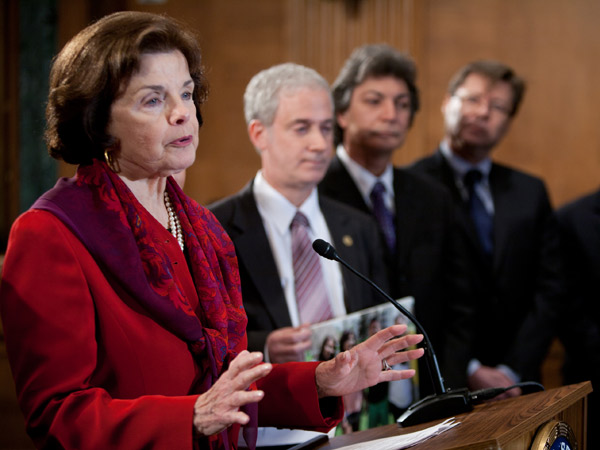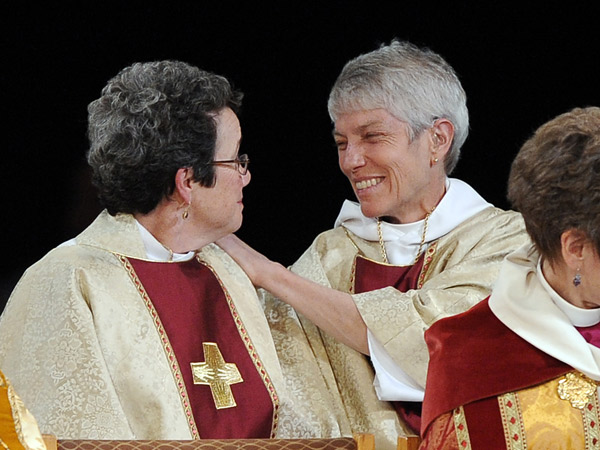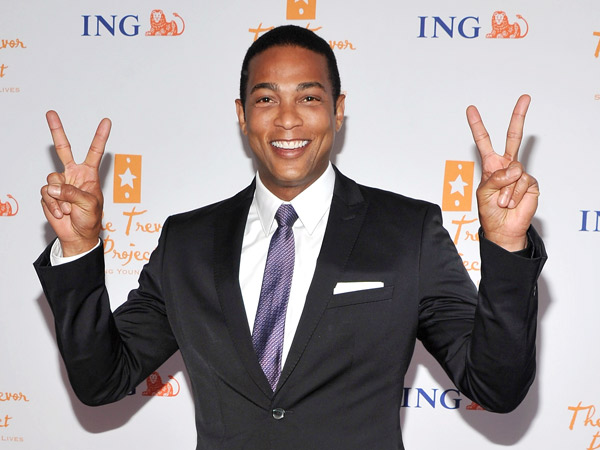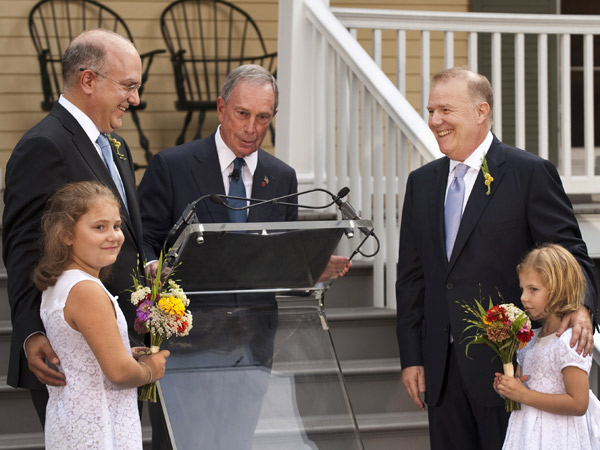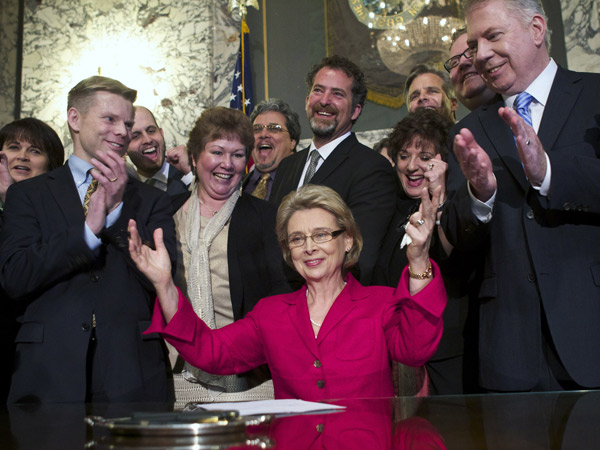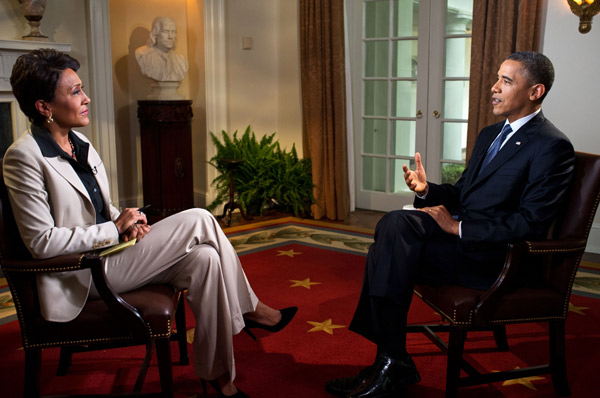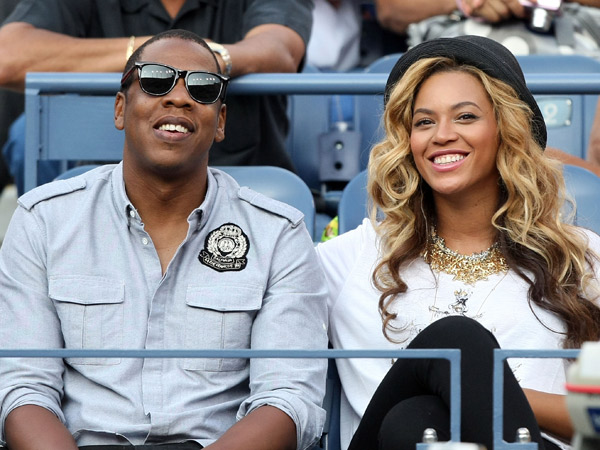
Slate is an Amazon affiliate and may receive a commission from purchases you make through our links.
Is Gay Good?
Linda Hirshman’s history of gay rights argues that the moral battle has been won.
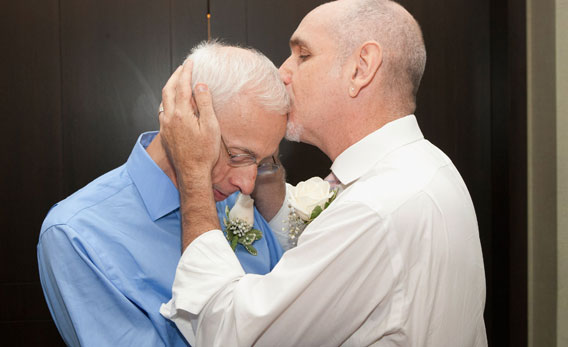
Photo by Bennett Raglin/WireImage
In the epilogue of Linda Hirshman’s breezily written history Victory: The Triumphant Gay Revolution, one of her interview subjects asks her, “Do you really think you ought to call it Victory?” After all, only six states allow gay people to marry, while 30 have constitutional amendments barring it, and the federal government refuses to recognize any same-sex marriage or to pass a long-stalled nondiscrimination law. On top of legal inequality, LGBT Americans are disproportionately prone to attempting suicide, to being bullied and assaulted, and to struggling with depression and anxiety. Transgender Americans face even greater challenges in securing both equal rights and equal dignity.
Hirshman’s answer—“Why in the world not? This is an amazing story”—displays a kind of certainty that’s itself contagious, if not fully convincing. One wants to think that, in proclaiming 2011 the year of triumph for the gay rights movement, Hirshman is onto something, and in many ways she is. That was the year when more than one-half the country told pollsters for the first time that they supported the rights of gays to marry, and—perhaps more importantly—that same-sex relations are “morally acceptable.” It was the year the military finally allowed openly gay Americans to be warriors, after two centuries of stigma and exclusion. It was a year when the Justice Department declared the Defense of Marriage Act unconstitutional, and when a new law in New York state doubled the number of people living in a jurisdiction where gays could wed.
Hirshman’s answer certainly makes sense when considered on the terms she means to offer it: At a minimum, 2011 was a crucial tipping point in moral acceptability of homosexuality. And how much closer victory feels in the wake of President Obama’s dramatic announcement that he now supports same-sex marriage—and seems not to have suffered politically for saying so.
But Hirshman aims to say something stronger, more interesting, and even more provocative than proclaiming victory for the equal rights of gay people. “The movement succeeded,” she writes, “uniquely and in large part because, at the critical moments, its leaders made a moral claim.” That claim was not simply a demand to be left alone but an insistence on society’s recognition of their “virtue” on wholly equal terms with everybody else. Being gay would no longer be something that’s merely tolerated in a liberal state that made room for any kind of freak; LGBT equality would no longer mean the dominant society would hold its nose while granting rights to members of a group it despised. Instead, it would mean embracing gay and transgender people as equally worthy of respect and dignity. “The gay movement was stuck with two choices,” writes Hirshman about the post-Stonewall era. “They could ask the society to ignore or tolerate their behavior, immoral or not, in the interests of higher values like freedom or privacy.” Or they could insist that they and their actions were moral, that, in short, “gay is good.”
That phrase, “gay is good,” is borrowed from the late Frank Kameny, an indefatigable gay rights crusader who was fired from his government job as an astronomer in the 1950s and who—rare for his time—never seemed to doubt for an instant that he was as good a human soul as any straight person. Whether the rest of the LGBT universe has followed Kameny’s inspiring lead—and whether having that “moral certainty,” as Hirshman calls it, is responsible for carving a path to full equality and to “changing America for everyone”—remains in question, even after completing this lively movement history.

Certainly there were leaders like Kameny who asserted gay virtue from the outset (though even he scolded two lesbians for holding hands at a march the week after Stonewall). Harry Hay, a founder of the 1950s homophile Mattachine Society, demanded to “be respected for our differences not for our sameness to heterosexuals.” Carl Wittman, a gay SDS activist, wrote in his 1970 “Gay Manifesto,” “We have to learn that our loving each other is a good thing, not an unfortunate thing, and that we have a lot to teach straights about sex, love, strength, and resistance.” Wittman here voiced not only the equal virtue of gay people but a “value-added” notion that the movement had something to teach the world, an achievement Hirshman also attributes to what she dubs the “gay revolution.”
But if some leaders voiced such ambitious moral sentiments, innumerable others, along with ordinary LGBT people afraid—quite understandably—to ever leave the closet, felt little or no moral certainty about either their goodness or their cause. Even after impressive levels of progress were achieved, it is not clear this was the result of moral certainty. I’d say nearly every LGBT American knows someone—perhaps themselves—who has stood up to fight for equality, perhaps with great success, but despite lingering self-hatred and a profound sense that they were not good, but rotten at their core. When Hirshman says of David Mixner, the prominent anti-war and gay rights activist, that he “knew he was different” and “thought he was bad,” she is pithily describing not just many people in the movement but their motive for joining it.
In fact, contrary to Hirshman’s assertion, the historical record of the LGBT movement emphasizes an embrace of the hold-your-nose zone of privacy more than an insistence on moral virtue. From the start of the organized gay rights movement in the mid-20th century, gay leaders embraced this liberal zone of tolerance as their best hope for freedom. And it was freedom, more than equality, they sought. Above all, they wanted to be left alone from the entrapment, police raids, and violence of fellow citizens that resulted from being a despised minority.
This changed over time, of course. By the 1980s, the zone of privacy was inadequate both in practice and in theory. In particular, it was no shield against the ravages of AIDS. Any other public health epidemic of equivalent scale would have (indeed had) drawn far greater government efforts to stop the dying, and the neglect in the case of AIDS was clearly driven by anti-gay animus. The mental and physical anguish that resulted spurred some of the most effective and enduring forms of activism in American history, from the Lavender Hill Mob’s haunting “Silence = Death” poster art to the street theater of ACT UP.
But did it change to the point that revolution, to use Hirshman’s word, properly characterizes the struggle for gay equality? “Fueled by its moral ambition,” she writes, the movement not only claimed a place for gays and lesbians at the table, but allowed them to “take on their whole society and wrench it onto a different path altogether.” Yet although Hirshman argues that the movement “changed America for everyone,” again and again she describes the conservative co-optings of a political movement whose ultimate effect was less to change the nation than to compel it “to include [gays] in the social contract.” Fighting their way to equal citizenship is no small accomplishment, but it’s a different achievement than changing the nation for everyone. And it’s a more modest achievement than convincing the country that you’re morally good. After all, if just over one-half the nation finds homosexuality acceptable, that still leaves almost one-half that doesn’t. And there’s probably not a single gay American whose day-to-day experience allows them yet to forget this—another reason that declaring “victory” seems a bit of a stretch.

Photo byNina Subin.
Hirshman surely knows this, and in fairness her focus is more on the moral certainty of gay people than the moral conversion of straights. By 2009, the first year of Obama’s presidency, “all the pieces were in place” for victory, Hirshman tells us, including that “a critical number of movement players were unambivalent about their moral rectitude.” And when the president signed into law the end of the ban on openly gay troops the next year, “the moral self-confidence that has characterized the successful parts of the gay revolution from the beginning won the day.” Yet did the gay movement get where it got by internalizing moral certainty? Even after the “mainstreaming” years of the last two decades, as activists turned away from their liberation ideology in favor of joining the most traditional American institutions—the church, the military, and the conjugal family—there was rarely an embrace of morality. Instead, the struggle remained focused on tolerance more than approval, rights more than virtue.
The 2003 landmark Supreme Court decision that struck down state sodomy bans, Lawrence v. Texas, was decided on privacy grounds, not equal protection. And when California voters yanked away the freedom to marry from gay people in a 2008 ballot initiative, the LGBT movement chose to fight that battle in defensive terms. The right wing whipped up opposition with ads saying that allowing gays to marry would mean teaching school children it was OK to be gay. The gay movement did not respond, You bet, and that’s a good thing, but insisted, Oh, we would never teach your kids something like that.
Certainly a focus on the moral virtues of gay people has become a central theme of the movement as it turned to inclusion in mainstream institutions, as Hirshman points out: “When the gay revolution took after marriage and the military, it was making a bid for membership not just in the cold precincts of the liberal state, but in the club of social acceptance. ” Marriage is, by definition, a quest for public recognition, and leaders like Evan Wolfson recognized early on that marriage equality was perhaps the most potent weapon to insist on the moral equality of gays, who must not be left “in a little huddle,” as Wolfson said, forever separate and unequal.
But does this fact support the argument that “moral confidence” propelled movement victory? African-Americans felt plenty of moral gravity for their cause, yet Hirshman says their movement “fell short” of their most ambitious goals, in part because they could conceal their difference better than gays—a bizarre claim on its face. And if moral certainty was central to the LGBT movement, whose morality was it? Indeed, the whole mainstreaming trend embodied by the fight for marriage and military service is heretical to some who have viewed their movement in fiercely ethical terms, but who have always trumpeted an alternative set of ethics to those of the dominant society: that pleasure is a good in its own right, even when not linked to procreation; that communal ties may create more inclusive care than the isolating and exclusionary nuclear family; that dominant norms are not good just because they’re dominant, but only if they serve the common interest; that people should feel safe to be different.
To Carl Wittman, who implored gays to “stop mimicking straights” and instead teach them new things about sex and love, or the contemporary queer thinkers who continue to prioritize liberation from dominant norms over affirmation by the majority, mainstream acceptance of LGBT people in church pews and military barracks is hardly a triumph. That Hirshman starts her book with a parable about “a cross-dressing homosexual activist” being named real estate national salesperson of the year and hence becoming a “poster boy” for establishment success might add insult to injury. Is that really what we were fighting for?
Of course, pleasure has become far more acceptable to most Americans; the supremacy of the nuclear family has come under needed scrutiny; the primacy of norms has been challenged. Gay people didn’t cause these things to happen—Puritan values began to collapse for complex reasons long before the first gay rights group met in Chicago in 1924. But the LGBT movement contributed mightily. The world feels different, and better, as a result of their struggle for equality. That a straight woman has written such an adoring history of the movement is itself a testament to its impact. Hirshman has done a great service in putting the question of morality in this movement on the table. Though important chapters are yet to be written, this book will help the world to see that gay is good—and getting better.
---
Victory: The Triumphant Gay Revolution by Linda Hirshman. Harper.
See all the pieces in this month’s Slate Book Review.
Sign up for the Slate Book Review monthly newsletter.
Correction, June 1, 2012: Because of an error in the photo information provided by Getty Images, the caption atop this article misidentified Michael Thomas-Faria as Frank Faria.
